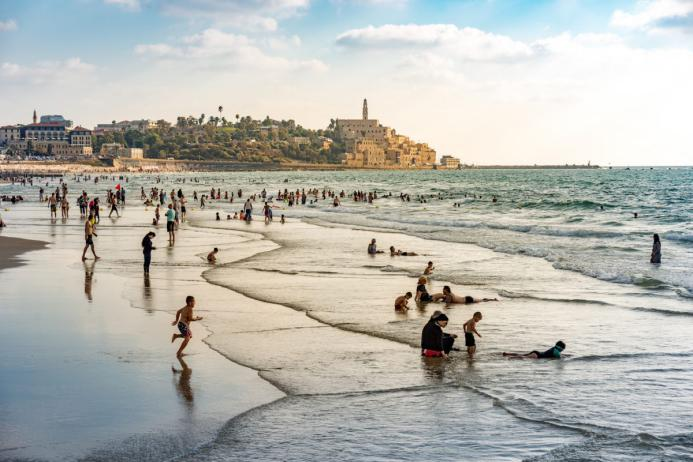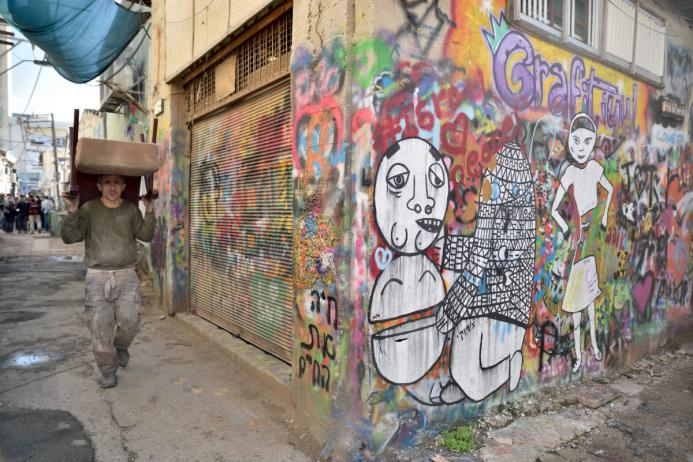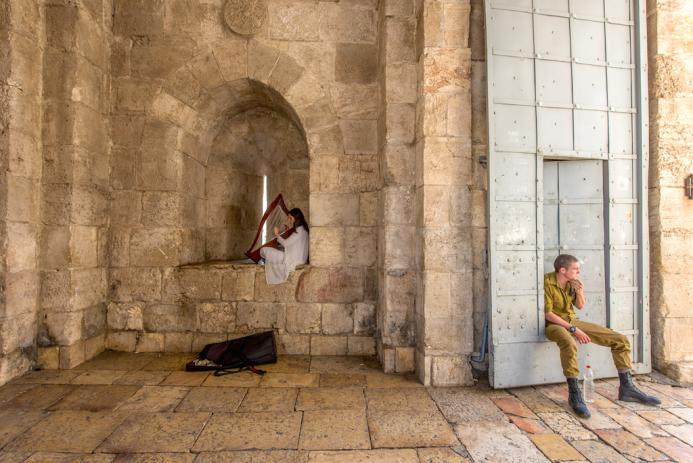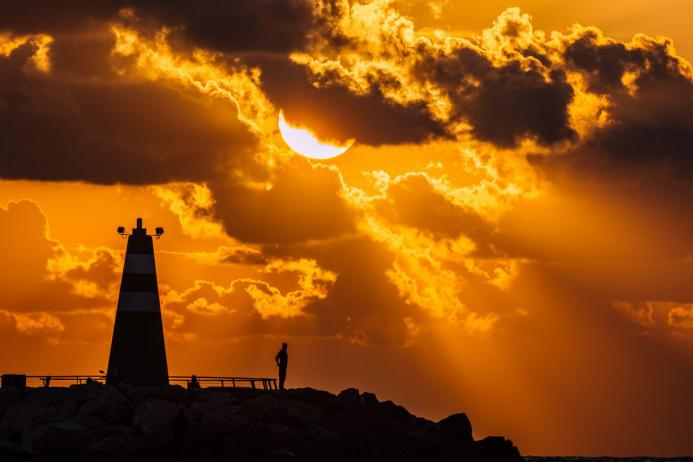
Beyond photography, Troiani periodically took on projects in computer science, including working on software development in the field of artificial intelligence.
Mario Troiani, born in Milan, has been deeply involved in photography since the age of 13. After receiving his degree in computer science and working for two years in software development, Troiani began travelling and carrying out photography full time, spending two years in India, Indonesia, and China. His photos from that period appeared in a number of travel magazines, including De Agostini, Gente Viagge, Dove and Terre Sauvage. Mr. Troiani then spent four months in Lapland as official photographer in a scientific research team assessing the impact of the Chernobyl disaster on the food chain. His subsequent career as a freelance photographer took him throughout Europe and beyond (including Brazil and Morocco). One product of this period was his photographic contributions to the Italian travel guidebook Instituto Geografico de Agostini. Beyond photography, Troiani periodically took on projects in computer science, including working on software development in the field of artificial intelligence. Starting in 1996, he spent twelve years as head of a project applying digitalization technology to the restoration of classic Italian movies. This involved intricate work with original copies, on behalf of such film companies as Medusa Film, Istituto Luce, Movie Time, and Warner Brothers. The films he restored encompassed the major directors of the postwar era, including Fellini, Antonioni, De Sica, Rossellini, Lizzani, and many others. This period ended when Troiani pursued his future wife, the Israeli Ilana Bazini, to Israel, where he made the Aliya and began to study Hebrew. Seeing Israel from the fresh perspective of an Italian immigrant and capturing that vision with the experience of decades of professional photography is a task that has occupied Troiani ever since, culminating in his "The Sounds of Tel Aviv" exhibit.
Works display






 OLYMP'ARTS
OLYMP'ARTS